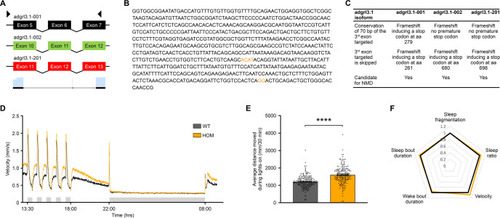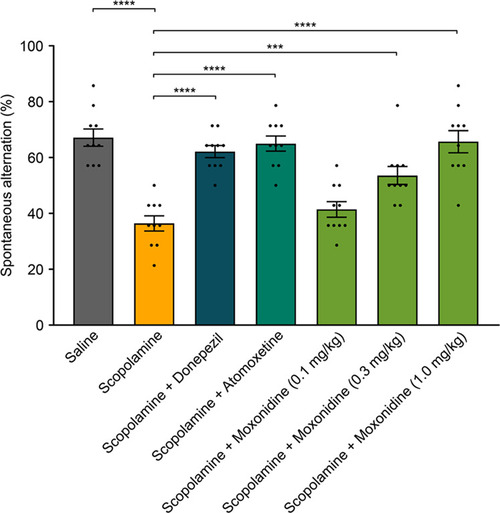- Title
-
Novel non-stimulants rescue hyperactive phenotype in an adgrl3.1 mutant zebrafish model of ADHD
- Authors
- Sveinsdóttir, H.S., Christensen, C., Þorsteinsson, H., Lavalou, P., Parker, M.O., Shkumatava, A., Norton, W.H.J., Andriambeloson, E., Wagner, S., Karlsson, K.Æ.
- Source
- Full text @ Neuropsychopharmacology
|
CRISPR-Cas9 mutagenesis and behavioral parameters of PHENOTYPE:
|
|
Effects of ADHD therapeutics on PHENOTYPE:
|
|
Effects of putative ADHD therapeutics on PHENOTYPE:
|
|
Effects of moxonidine in spontaneous alternation rodent assay. |
|
Motility and sleep effects of I1 receptor agonist LNP599. PHENOTYPE:
|





